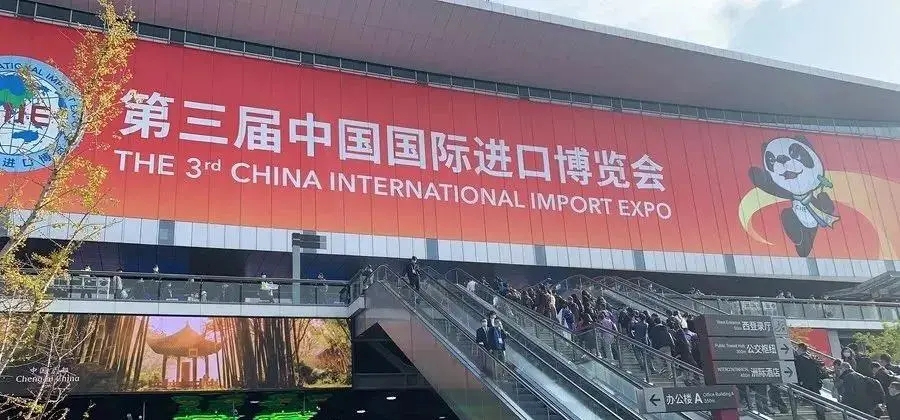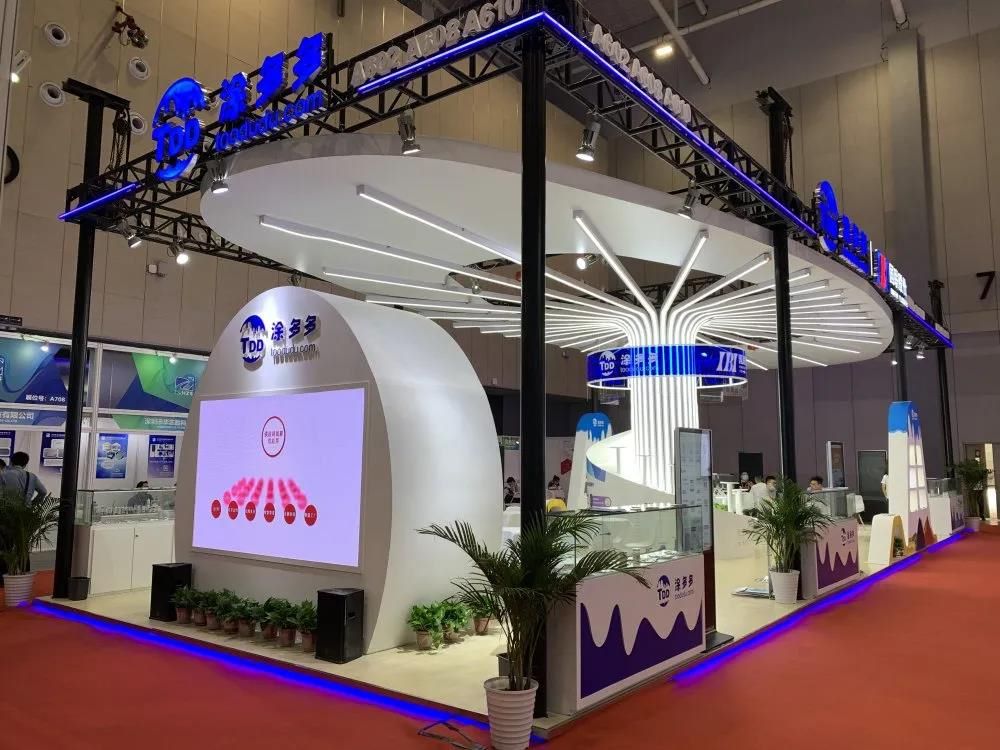Game of brand strategy in the tire industry
In the huge market of the global tire industry with an annual output value of over 200 billion US dollars, the choice of brand strategy often becomes the key to determine the rise and fall of a company. From international giants such as Michelin and Pirelli to Chinese newcomers such as Linglong and Sailun, all companies are engaged in continuous strategic games at the crossroads of single-brand and multi-brand strategies. This choice is not only related to the establishment of brand awareness, but also directly affects the company's market penetration, risk resistance and sustainable development space.

Comparison of strategic choices
In the field of tire manufacturing, the single-brand strategy embodies the spirit of "achieving success in one battle". As a model of single-brand strategy, Pirelli has successfully shaped the brand image of "sports performance king" through precise positioning such as F1 event sponsorship and high-end sports car matching, and its brand premium ability is higher than that of some multi-brand companies.
Multi-brand strategy shows the market wisdom of "being good at everything". "Continental" under the German Continental Group focuses on the high-end comfort market, and the "General" brand covers the all-terrain tire field, achieving an increase in the coverage of the segmented market through a multi-brand strategy. Bridgestone has built a multi-brand matrix by acquiring brands such as Fengchitong.
In the face of the expectation of intensified industry integration in 2025, strategic choices require forward-looking layout. Single-brand companies improve their competitiveness through vertical integration, while multi-brand camps accelerate global layout. Channel changes in the digital age are reconstructing strategic logic. Michelin has built a brand ecosystem through the "Chijia" service network in the Chinese market, and the customer repurchase rate has increased significantly. Germany's Continental uses a multi-brand e-commerce matrix to achieve traffic synergy between different brands on the Tmall platform, so that the formulation of brand strategy must consider the synergy of digital channels.
Balance of interests between channels and brands
Not only tire companies, but also tire dealers or tire stores must consider whether to do single brand or multi-brand when operating. Dealers are not as big as manufacturers, and generally choose multi-brand tire stores to meet the needs of different consumers, and tire dealers can obtain greater profits. Multi-brand tires can help dealers reasonably avoid the risks of a single tire brand, and it is easier to make a profit.
Tires of various qualities can meet different consumer needs, attract more customers, bring in more repeat customers, and maximize profits. The risk of tires is borne by multiple brands, and the operating pressure is relatively small. Whether it is multi-brand operation or single brand operation, dealers should consider it after comprehensive local market research. According to the needs of the local market and consumers, brands and operating methods should be selected, starting from the perspective of the market and consumers, giving themselves more room to make profits.
- A variety of ultra-high performance tires compete706
- Lubricant and tire prices soar due to tariffs969
- The more difficulties we face, the more courageous Chinese tires are1023
- Domestic and international rubber market situation on April 17, 20251043
- Cognitive breakthrough of tire safety technology: from single reliance to system construction976









